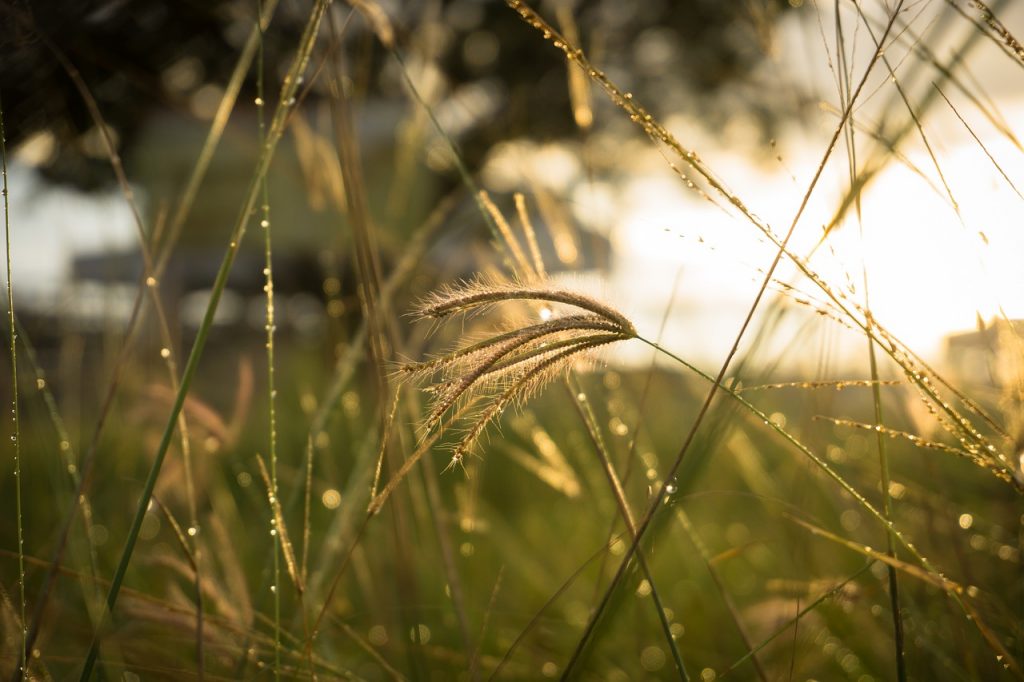How to utilise soil biology to minimise excessive thatch
Related Articles
Excessive thatch has ruined many a golfer’s perfect round. Kelly-Marie Clack discusses this issue and offers an insight into how the soil biology can be utilised and correctly managed to improve conditions.
A criticism we often hear on a golf course is that the greens are slow, and the ball is jumping across the surface. This can be caused by footprinting or pitch marks and will often get worse throughout the day due to the traffic, especially when surface firmness is lacking. One of the biggest causes is excessive thatch resulting in surface softness and deformation under play.
Thatch often builds as an excess accumulation due to poor-draining and compacted soils, over-watering and lack of aeration; all holding the soils continually above 30 per cent moisture content. In essence too wet for reliable performance and not conducive to promoting finer grass species.
In addition, overuse of synthetic fertilisers creates high leaf and root recycling also increases the material present that could become thatch. The sheer volume of play and the extreme weather conditions we have experienced in the UK over the last few years doesn’t help our cause either. So, to reduce thatch levels, why don’t we allow the soil biology to do the hard work?
What is it?
Organic matter (OM) makes up around two to 20 per cent of the soil composition. This is made up of living organisms (roots, soil microbes), dead or dying organisms (roots, microbes, grass plants) and humus. The humus material is produced when the living organisms eat the dead organisms – in other words thatch degrading.
The key to performance is not all down to the percentage of OM, but in what form it is and how this impacts surface firmness and infiltration.
In addition, the underlying soil structure needs to encourage good drainage and aerobic potential if progress is to be made. Air is vital as the key soil microbes involved in organic matter breakdown thrive in aerobic conditions. A wet, compacted rootzone will not be conducive to maximum microbe activity.

It’s about the chemistry
The chemistry of the soil is equally important as pH is often a contributing factor. At a pH below 5.5 the soil microbes become inhibited in the soil, and the rate of breakdown slows. This is seen in the very wet acidic peat moors where the accumulation rate of vegetative material is not broken down to humus but eventually becomes peat. It is worth getting your soil tested to make sure that your soil chemistry is balanced, after all it is the balance between chemistry, biology and physiology that gives the best results.
A large number of fertilisers contain acidifying nutritional sources, such as ammonium sulphate, potassium sulphate and ferrous sulphate. They may make the surfaces look good but the long-term effects on the soil very often outweigh this if the pH gradually reduces over time.
Cutting heights
Soil biology needs energy (food – just like us) to degrade OM, this food is carbon. Carbon is released into the soil from the plant roots and exudates as a byproduct from photosynthesis. The larger the grass leaf, the more carbon is produced. We should therefore be cutting at the highest possible height to achieve the standards required by the golf club. This is particularly important in winter when photoperiod is short, and shade can dominate weaker greens.
Soil biology needs a balance of carbon to nitrogen to promote activity and this is often analysed in full soil tests. There is limited research to back up what exact level is optimal for sports turf, but we do know increasing the carbon:nitrogen ratio as high as possible up to a maximum of 25:1 will increase the likelihood of thatch decomposition. A higher than 25:1 C:N ratio is known to make nitrogen less available to the plant and is detrimental.
The foundations
With the ever-changing environmental conditions, it is essential to achieve a good foundation which will support microbial populations and organic matter levels ideal for your golf course. Good foundations allow for better moisture management and firmer surfaces, at the highest cut possible, aerating with minimal disturbance and therefore, promoting perennial grasses.
Kelly-Marie Clack is a consultant with the STRI

























